Tesla's recent reveal of its robotaxi prototype, dubbed the "Cybercab," has stirred debate among investors and analysts. The design—a sporty, low-slung, two-seater coupe—defies conventional expectations of a taxi, which typically offers space for multiple passengers and luggage. At a much-anticipated event near Los Angeles, CEO Elon Musk introduced this futuristic vehicle, slated for production in 2026 with an estimated price tag of under $30,000. However, the announcement lacked specifics on how the Cybercab would address the practical needs of families, groups, or travelers.
Investors were left puzzled, as the two-seater design seems ill-suited for the broader taxi market. Tesla's stock dropped 9% following the reveal, with critics questioning how the Cybercab fits into the practicalities of public transport or how it will compete with robotaxi services from rivals like Waymo and Amazon's Zoox, which offer vehicles with four-passenger capacity.
Analysts have pointed out that two-seater cars account for only a small fraction (2%) of U.S. car sales, and the robotaxi market would likely demand roomier vehicles. While Musk mentioned a future robovan capable of seating up to 20 people, he provided no timeline for its release. Concerns were raised about how Tesla's design would serve older passengers or those with disabilities, with Waymo’s former CEO describing the Cybercab as "more playful than serious."
Despite these challenges, Musk has expressed ambitious goals for the robotaxi sector, believing it could dramatically increase Tesla's market value. However, key questions remain about how quickly Tesla can mass-produce the Cybercab, secure regulatory approvals, and make it cost-competitive with public transportation.
END/BUS/RH/



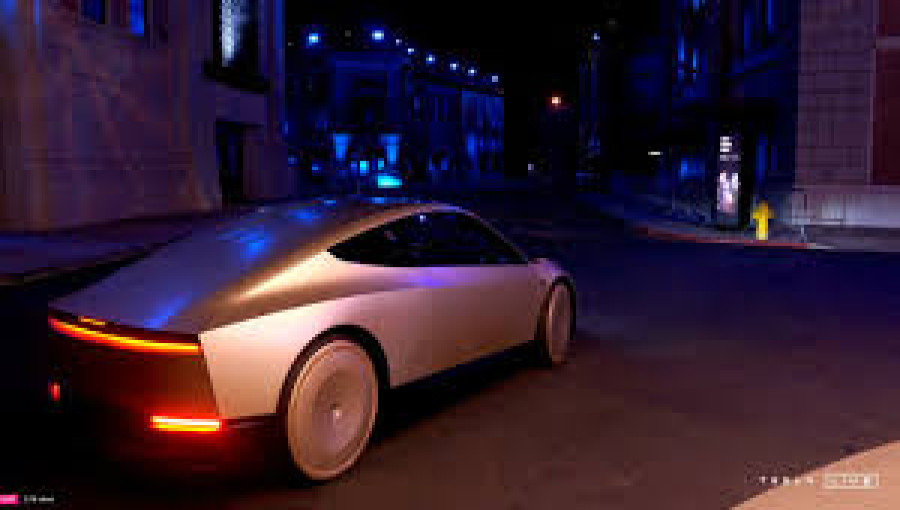

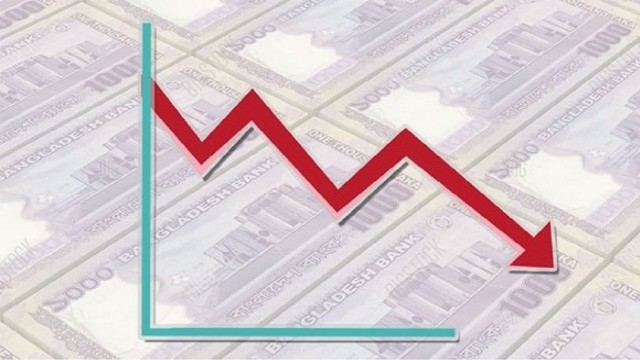






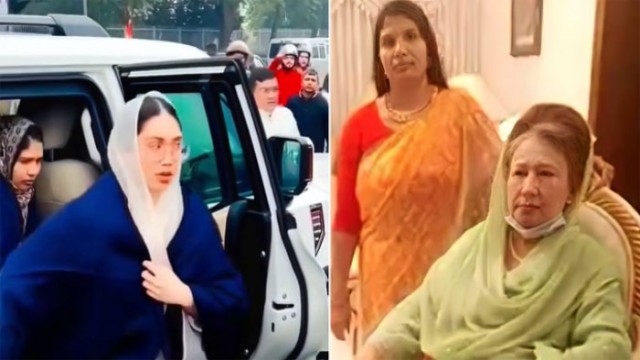

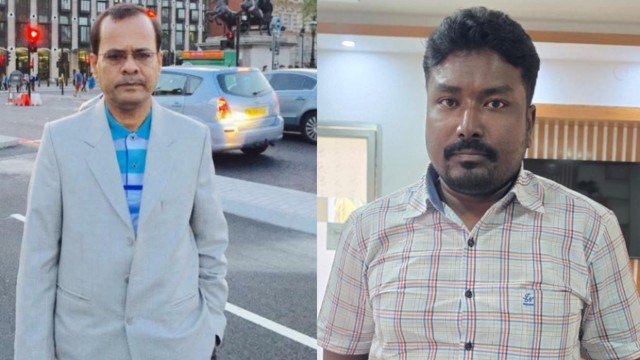



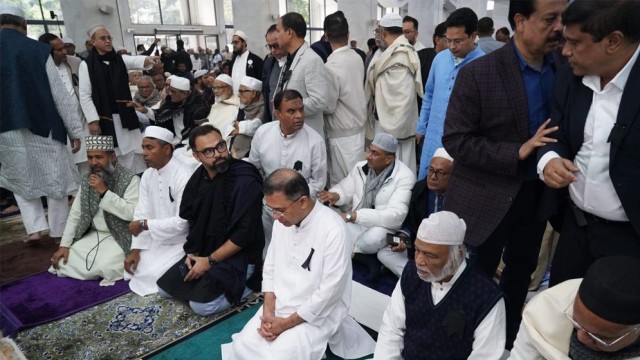



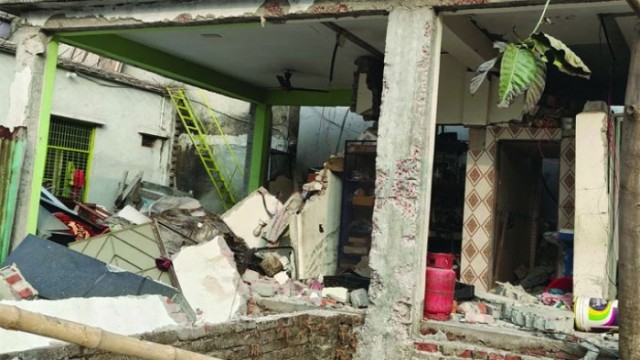


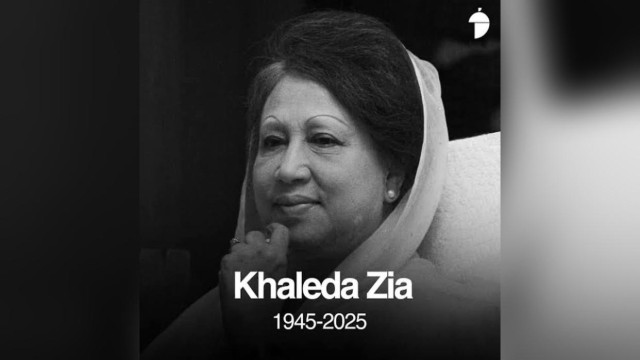

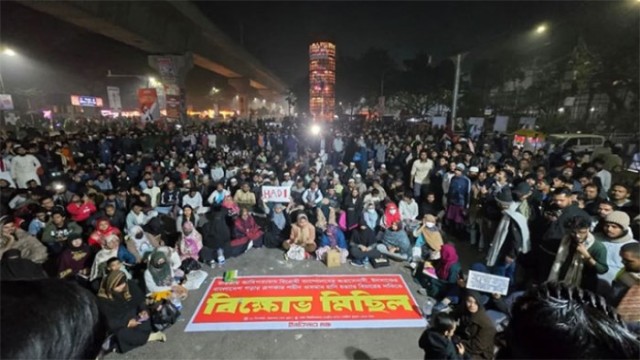
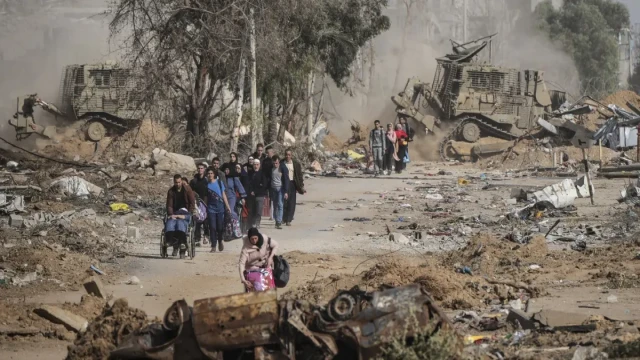

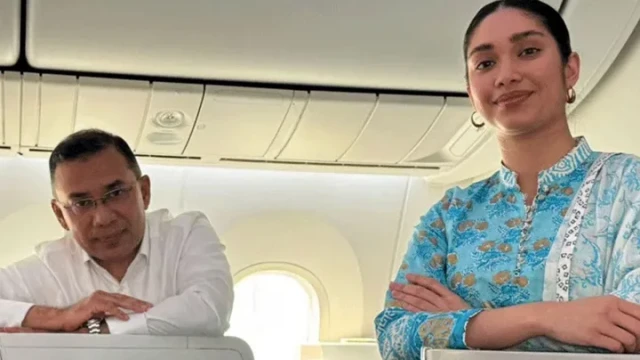
Comment: